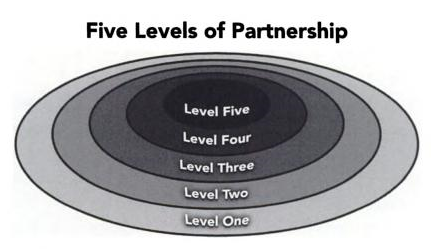Here is a great article about training, or coaching, missionaries on the field – also read the longer article in Momentum magazine.
On-the-job Development: What Gets in the Way?
by Dr. Keith E. Webb
Do you receive adequate help developing on-the-job?
Most non-profit workers say they receive adequate pre-field training, but inadequate on-the-job development. Continuous on-field development is a key factor in worker longevity and effectiveness. We know this, but it’s difficult to do.
Sending organizations point to a lack of experts, time and money constraints, geographical distance, or simply a lack of follow through.
- Experts. By far, I hear leaders lament that there are just not enough experts to mentor all their field workers.
- Time. Those who do have expertise are usually the ones with the busiest schedule and the most fruitful work. Many are reluctant to give time to newer expatriate workers instead of the local co-workers with whom they partner.
- Money. Some sending organizations try to visit their staff once a year, and have their staff gather somewhere for a conference once a year. Twice a year simply isn’t effective for on-going development. Conferences tent to produce largely motivational and relational results, but the effect usually dissipates quickly after returning home.
- Geography. Many workers live in remote locations. Organizational leaders are constrained by time and money in getting out to where their workers live.
- Reality. Many organizations have coaching/mentoring plans that include regular monthly meetings. In reality, however, these plans often break down because of one of the above factors, or simply because the plan looks good on paper but it doesn’t work.
What’s the answer here? I believe the answer is in rethinking how we help people develop, where and how often that’s done, and who can do it.
Coaching is one answer to effectively develop workers on-the-job.
How about you?
- How have you overcome these limiting factors?
- What ways have you found to develop others on-the-field?
I’ve written up a few ideas in an article published this month in Momentum magazine. Read the article: “Coaching Workers”
Copyright © 2010 Keith E. Webb & CRM
Dr. Keith E. Webb is a trainer and cross-cultural leadership coach helping non-profit organizations, teams, and individuals multiply their cross-cultural impact. Find more free articles at http://www.CreativeResultsManagement.com.





